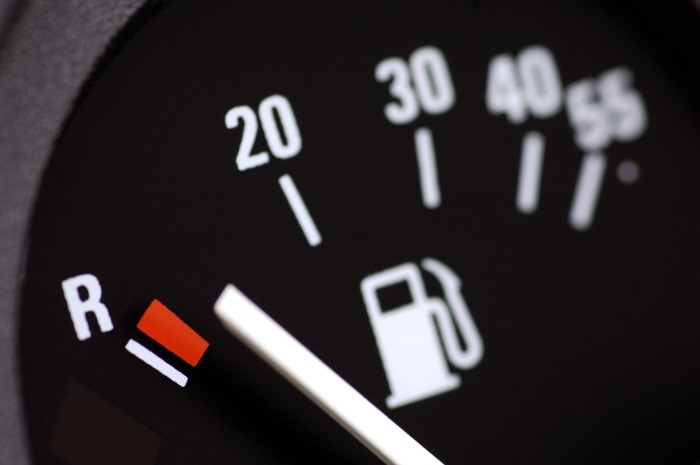It is common knowledge that owning a car costs its owner a pretty penny. One of the significant expense items is refueling the iron horse. Of course, thrifty motorists are trying to reduce regular spending on gasoline, since the Internet is replete with relevant useful advice. And which of the recommendations for reducing fuel consumption are effective in practice and not in words?
Faithful assistant – spark plugs
It is believed that the ideal technical condition of the car helps to moderate the “appetites” of the vehicle. Among other things, it is recommended to replace spark plugs more frequently (sooner than required by the manufacturer). Let’s say, not after 15,000 km indicated in the service book, but after 10,000. Allegedly, such manipulations will help reduce fuel costs by 12-15%. Is this true?On the one hand, worn out and dirty spark plugs really do not work efficiently, and therefore contribute to excessive (20%) fuel consumption. On the other hand, the approach to replacing such devices should be systematic: replacement should be made only when it is really necessary. There is no point in installing one part instead of another (which works adequately).
Should I give up comfort?
There is advice to turn off auxiliary electrical equipment in the car – this way you can save about 15-20% of the fuel in the tank. What can I say? The inclusion of all kinds of comfort elements actually increases the cost of the fuel mixture, but… Heated glass has a positive effect on traffic safety, and the operation of the air conditioner with the windows closed helps improve the aerodynamic characteristics of vehicles. By the way, popular rumor greatly exaggerates the costs of interior electrical equipment. As for the main “enemy” of the thrifty motorist, it is the turned on stove.
Is “good” fuel a plus?
Most motorists are convinced that low-quality gasoline causes increased consumption. How are things going in reality? In modern vehicles with injection engines, fuel quality is monitored by special oxygen sensors. And yes, if the mixture is not good enough, fuel costs increase (usually within 15%). As for the use of cleaner fuel – for example, 98 instead of 95 specified by the automaker – this can extend the effective operation of the fuel system itself, but will not affect consumption in any way.
Riding in an “air bag” – is it effective?
There is a common belief that you can achieve fuel economy while driving behind a truck. It is believed that staying in the “shadow” of a heavy truck helps the passenger car spend less power fighting oncoming air flows, and if so, fuel consumption will be reduced. True, in ordinary life, drivers strive to quickly overtake a slowly moving long vehicle, and this means excessive consumption of the fuel mixture. What do car experts say about this?Riding behind a truck really helps reduce fuel consumption (by about 10%), but the reason lies not in aerodynamic tricks, but in the fact that the passenger car covers the path quite slowly, without critical braking and acceleration. However, it is not a fact that this method of saving can be recommended to domestic car owners. Why? Our trucks often smoke desperately, and riding on their tail is a dubious pleasure. For the driver of a car, the visibility is seriously deteriorated, and the truck in front can itself get into an accident.
Those same tires…
It is known that low pressure in car tires can increase fuel consumption – this is directly stated in the vehicle’s operating manual. Apparently, in contrast to this knowledge, a belief has emerged that overinflated tires help reduce fuel consumption. Is this true? In fact, increasing tire pressure (above that recommended by the car manufacturer) will not affect fuel economy in any way, but tread wear will increase, handling will deteriorate and the risk of tire depressurization will increase. As for the installation of special fuel-efficient tires promoted by the modern market, their optimized surface pattern really helps save fuel (no more than 5%).
“Economical” coasting
Is it economical? In fact, driving down a hill in “neutral” made practical sense, but only for cars equipped with carburetor engines. But on modern injection vehicles, standard movement – using a gear – will be more reasonable. At the same time, on descents in such cars, the economical idle mode is switched on (forced), that is, the fuel supply stops.In such cases, fuel consumption in injection cars is about 5-6 l/100 km when descending in neutral and about 0.5 l/100 km when descending in the selected gear. It turns out that coasting today will definitely not reduce fuel costs, but it can still cause an emergency.
What remains for a thrifty driver? In fact, there are quite a lot of techniques to help reduce fuel costs. For example, you can work on the smoothness of acceleration and braking, or sit down to draw up optimal travel routes in order to avoid getting into traffic jams. After all, it has already been proven that a smooth, leisurely ride is an excellent opportunity to reduce the fuel consumption of a car.
Avaruosad.ee – online auto parts store
Need spare parts for your car? Call for free consultation:
- +372 56 812 812
- info@avaruosad.ee


